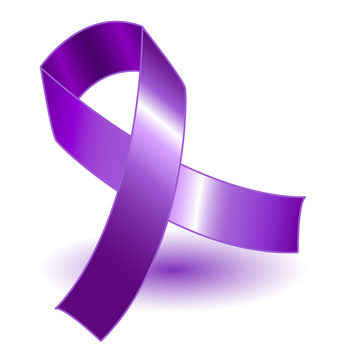Diet and Fibroids Prevention
We get a lot of questions from women about what they can do to prevent fibroids. This week’s blog post follows our recent post on exercise and fibroids prevention. Today, we’ll look at diet.
Fibroids are non-cancerous tumours that develop in or around a woman’s womb. They can cause a number of symptoms including pelvic (tummy) pain, infertility, heavy and/or painful periods, back pain, anaemia, constipation, frequent urination and pain during sexual intercourse.
The exact cause of fibroids is unknown but research does suggest that they are caused by a combination of genetic, lifestyle and hormonal factors. Those most at risk of developing fibroids are black women, those who are overweight, women of childbearing age (particularly women who are 25-45 years old), those with a family history and women who haven’t given birth.
Diet and Risk Reduction
When trying to understand what we can do to reduce our risk of developing fibroids diet is an interesting and important factor. As obesity is a major risk factor then logically if we adopt a healthy lifestyle and lose weight then we can reduce our risk of developing this condition. But, are there particular foods that contribute to fibroids development and are there foods that are protective? Let’s take a look at what the research tells us about this.
Red Meat
When it comes to foods that increase a woman’s risk of developing fibroids, research suggests that red meat plays a major role. One research study has shown that frequent consumption of beef and other red meat increases a woman’s risk of developing fibroids by 70%. This finding is similar to a study conducted in India which found that women who consume red meat are three times more likely to develop fibroids compared to vegetarian women or women who are mostly fish eaters. This is in stark contrast to a recent study that found no association between meat consumption and fibroids, although in this study researchers looked at all meat and didn’t look specifically at red meat.
Fruit and Vegetables
 The Black Women’s Health Study conducted in the US explored the impact of fruits and vegetables on a woman’s risk of developing fibroids. In this study, 22,583 black women were monitored from 1997 to 2009 and their food intake monitored.
The Black Women’s Health Study conducted in the US explored the impact of fruits and vegetables on a woman’s risk of developing fibroids. In this study, 22,583 black women were monitored from 1997 to 2009 and their food intake monitored.
This study found that overall fruit and vegetable intake was associated with a reduction in risk and the strongest reduction in risk was associated with a high intake of citrus fruit. Additionally, they found that vitamin A from animal products (liver and dairy) was linked to a reduction in risk too.
These findings were similar to that of a small Chinese study which explored the association of fibroids with diet, physical activity and stress. This study took place between 2009 and 2011 and researchers found that fruits and vegetables significantly reduced risk of developing fibroids with women consuming the most fruits and vegetables (eating fruit and vegetables more than three days a week) being 60% less likely to develop fibroids.
Finally, a study conducted in 2009 found that a high intake of green vegetables reduced the risk of developing fibroids by 50% and fruit consumption reduced risk by 20%.
Vitamin D
In 2013, one of the first studies looking at whether vitamin D is linked to fibroids was conducted and this study found that women with sufficient levels of vitamin D were 32% less likely to develop fibroids than women who are vitamin D deficient. Furthermore, another study published in 2013 found that women with fibroids had significantly lower levels of vitamin D compared to women not affected. These studies suggest that vitamin D is protective.
Conclusions
It is clear that diet is very important in the development of fibroids. By adopting a healthy diet we can reduce our risk and women should pay attention to their fruit and vegetable consumption, reducing their red meat intake and making sure they have enough vitamin D.
It’s important to note that surveys conducted in the US have found that African Americans consume fewer fruits and vegetables than their white counterparts, it is important that we change our lifestyles and work on increasing our fruit and vegetable intake, our health depends on it.










 A number of
A number of 
